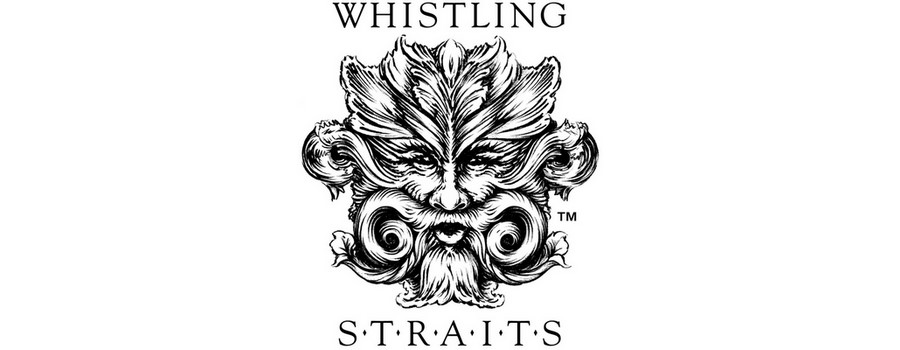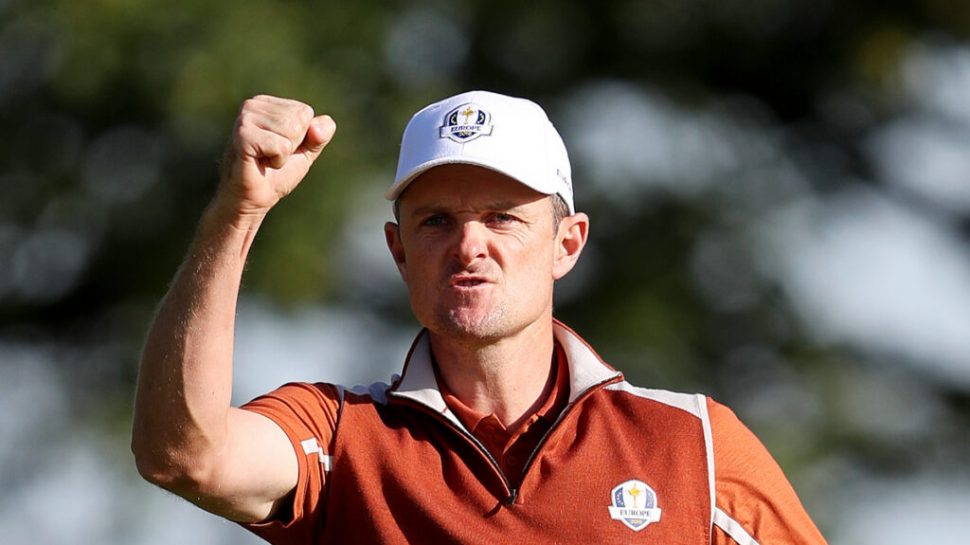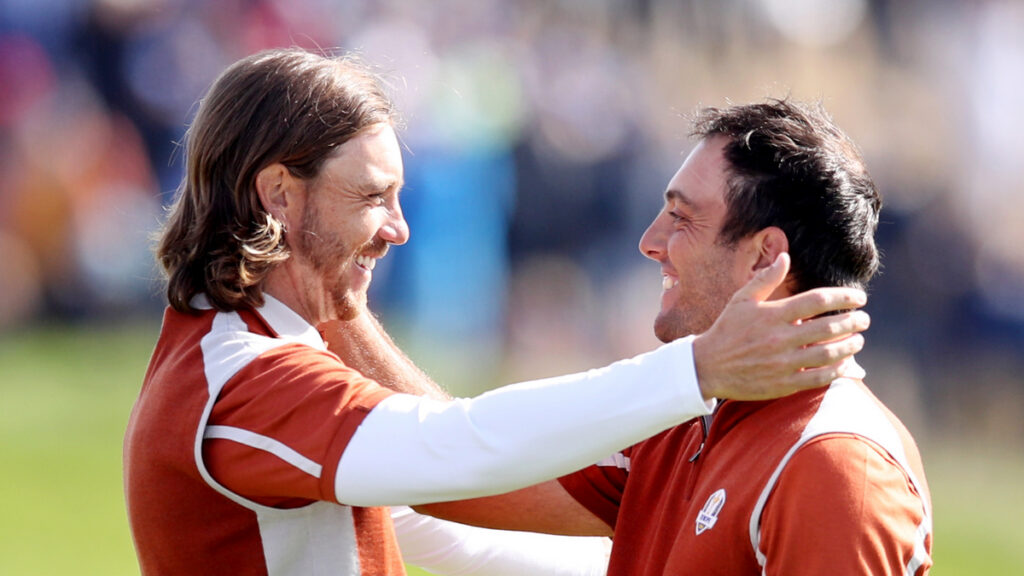
Estimated reading time: 6 minutes
Haven, WI. Mention to many people about playing foursomes — and many might err in thinking you’re speaking only about the maximum number of people who can play together for a round of golf.
With this week’s Ryder Cup you will once again see the term “foursomes” but its actual meaning is more than just the number of people playing together.
In Ryder Cup play that means two people representing one team and two for the other side. Each team plays one ball on an alternate shot basis. The teams choose the player who will tee off from the odd number holes and the other player tees off on the even numbered holes no matter who concludes the preceding hole.
The foursomes format is not one used much at all in the States – although it’s not uncommon for club throughout the UK and Ireland to feature this format on a regular basis in club and interclub competitions.
How important is success in foursome play? Eight points out of a total of 28 are at stake and teams securing an early advantage can place the other team in a perilous position to overcome.
Since 2006 — team Europe has bested team USA by a margin of 31.5 to 24.5. At the 2018 matches in Paris — the Americans were walloped by a margin of 6-2.
Success in foursomes depends on several key variables.
The Golf Ball
Elite competitions routinely play under the banner of the “one ball rule.” This means a player is limited to one type of ball for a given round. If the player uses a Titleist, he cannot change to a TaylorMade ball on the succeeding hole. The same applies to the ball’s compression. The reason behind this rule is to negate any possible advantage players can secure by using the particular specifications of a given ball to their advantage on a given hole. This was prevalent years ago when players used a softer cover balata ball for additional spin and then switched to a harder surlyn-covered ball that spun less and was more effective in combatting windy conditions.
Prior to 2006 in Ryder Cup play — two-man-teams in foursomes were forced to make a decision. They had to decide which specific ball would be used for the match. This could be off-putting to the person whose ball was not chosen. How so? Players at the elite level have keen sensitivity to how the ball sounds when struck, the kind of spin they prefer with the shots they hit and just a general sense of familiarity over the many weeks and months playing a specific ball.
The rule of having just one type of ball used for the duration of a foursome match changed at the ’06 matches and now players can substitute another ball at the start of the next hole. In many instances, that will mean the player making the approach shot will have his ball used by the other player off the tee and vice versa. The reasoning is that the spin rate off the driver is far less impactful than when hit with an iron club. Players are keen to ball trajectory and the approach shot will ultimately have more or less spin and therefore influence the overall flight of the ball.
When the rule changed – the PGA of America said the decision was made to avoid potential rules violations where a player might use an incorrect ball. In 1991 at Kiawah during a foursomes match between Americans Paul Azinger and Chip Beck against the Spainards Seve Ballesteros and Jose Maria Olazabal. At the 7th green Ballesteros noticed a different compression ball being played by the USA team and called them out for a rules violation. Azinger explained it was a mistake and not done in an attempt to cheat. That prompted Ballesteros to famously quip, “It has nothing to do with cheating. Cheating and breaking the rules are two different things.”

Order of Play
Each team decides which player tees off on the odd and even numbered holes respectively. Why is this important? The design and sequence of holes can clearly impact what specific player might gain an advantage if they are the ones to tee off. It’s crucial to match the strengths of a given player to the type of holes that follow in sequence.
At the Straits Course — three of the par-3 holes are odd numbered holes. The par-5s split evenly with two each. On the par-4 side the total on the odd side comes to four and on the even side the tally is six. Interestingly, the longest two-shot holes come with the par-4s and it’s likely the Americans will attempt to place the longest driver on those holes. The best iron players may opt to stay with the odd sequence in order to reap the advantage in hitting first into three of the four par-3 holes.
The day’s wind pattern may also impact the final decision on which player will start on the odd / even combination. If a certain player generally works the ball in a left-to-right fashion off the tee and there are holes lining-up that way in the sequence then a team will try to make sure that player is the one hitting from the tee on such holes.

Personality Factors
Given the nature of the format it’s imperative to combine players who can adjust to it. It’s not uncommon for a player who tees off to place his partner in a difficult recovery position. The same holds true when teams reach a putting green.
One of the players may have stiffed an approach to just a few feet and the other player may not hole the putt to claim a hole. It is these types of situations that can elevate the tension between players.
As much as shotmaking capability is crucial — no less a factor is how well do the players mesh in terms of personalities and whatever other idiosyncratic tendencies they each have. If one player is more verbal than the other — that could mean a tough time for them to play well together. It’s also possible in certain instances opposites will attract.
Ryder Cup – Fathoming foursomes
Consistency Counts
One of the more important aspects in fielding a foursomes partnership is linking players who have steady games — this is especially so from a tee game perspective. While making birdies is important, in foursome play it’s the wherewithal to avoid making large numbers that can easily hand holes to the opposition.
The Straits Course is long but those finding rough will not be able to easily reach greens in the regulation stroke.
Keeping a team’s golf ball on the short grass can mean a major advantage when pitted against a tandem that is inconsistent.
In foursomes play, it’s not the number of great shots executed that matter most – it’s the ability to avoid shots that can keep a team off-balance and never able to put pressure on those they are facing.
